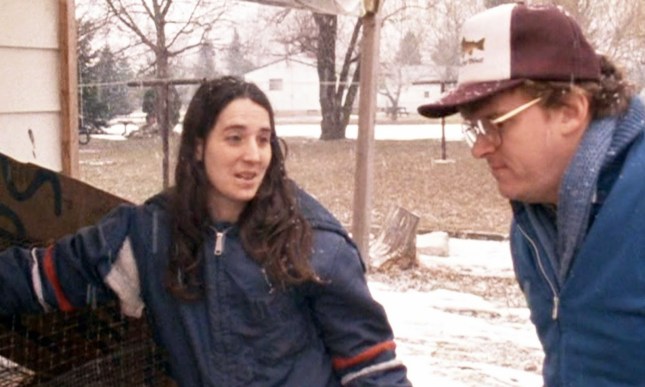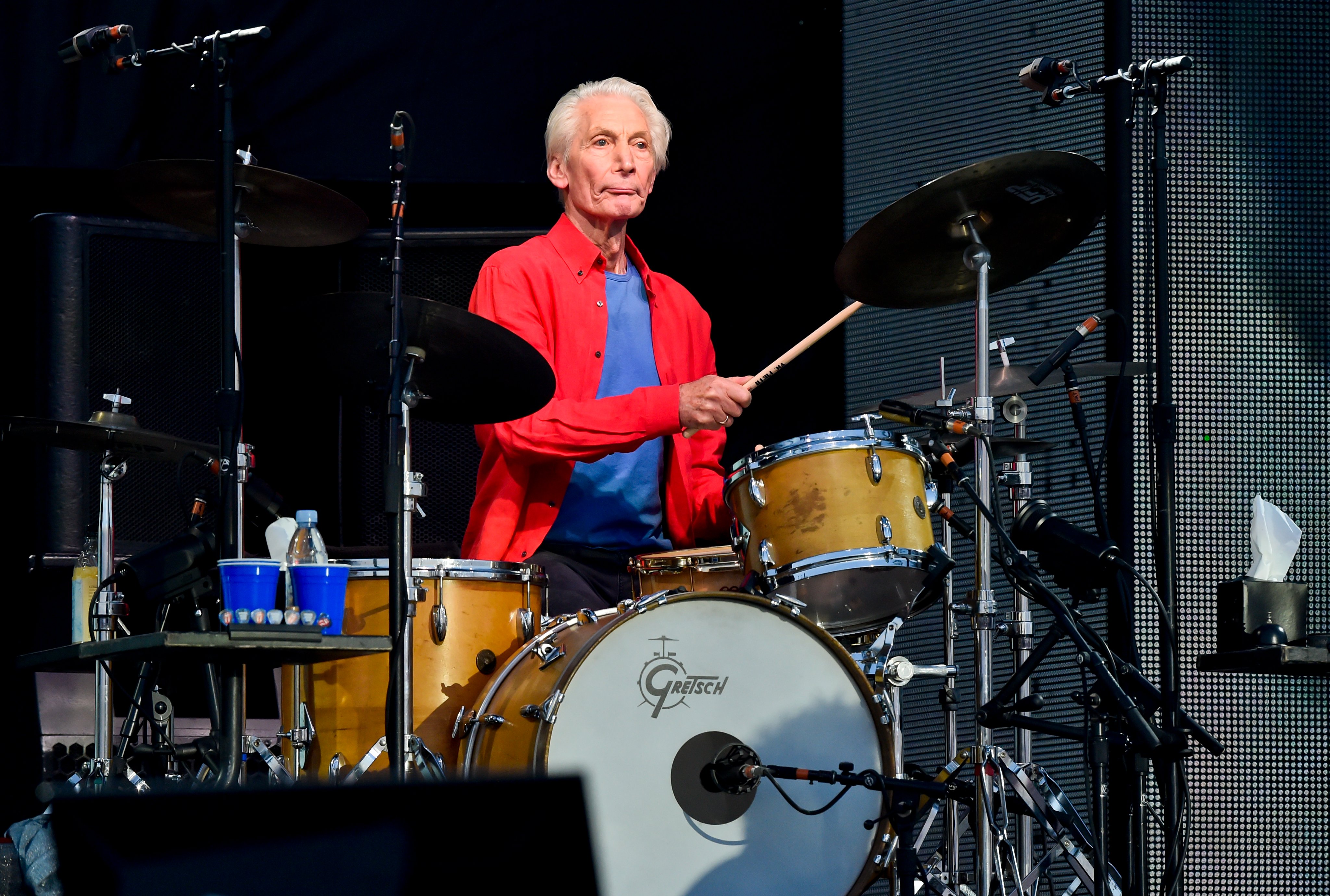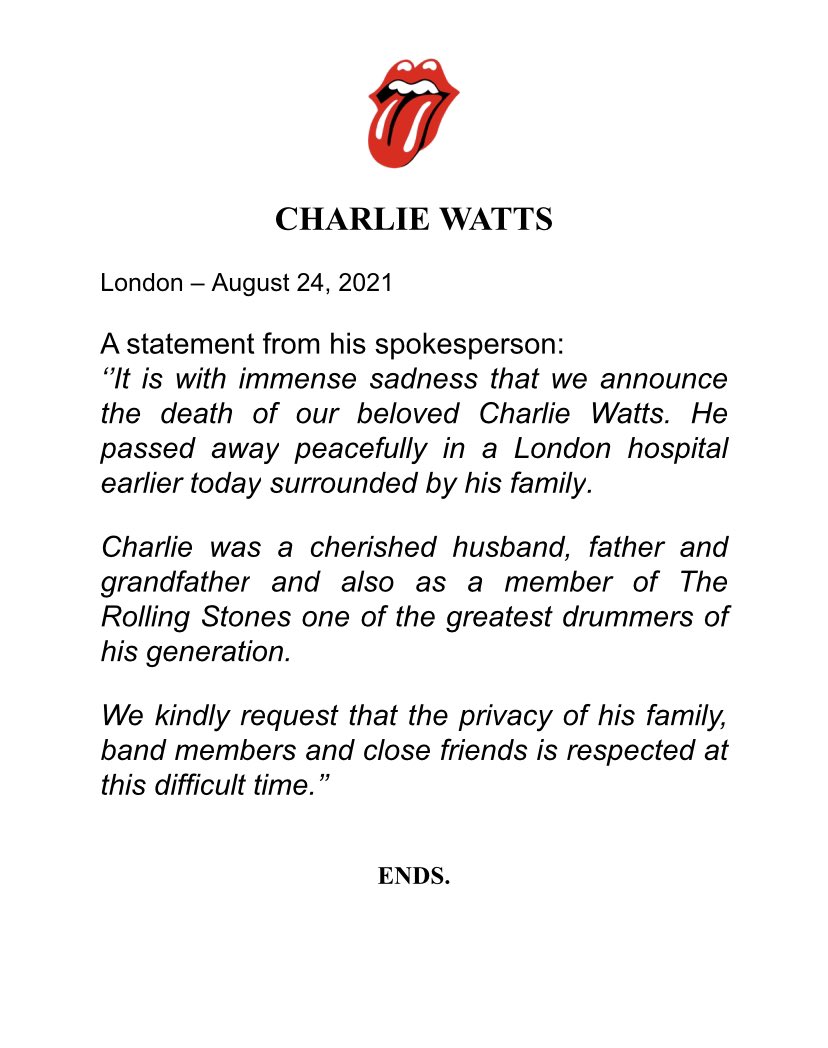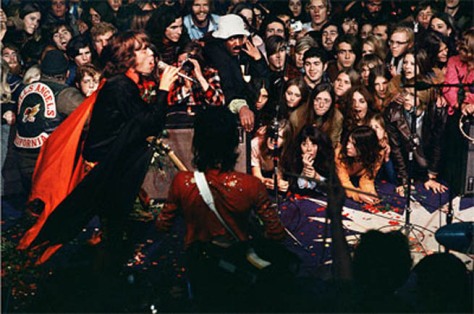
‘Tis the season for the obligatory year-end roundups, so for your consideration (or condemnation) here are my top 10 picks out of the 50+ first-run films I reviewed in 2021 :

Brian Wilson: Long Promised Road – It has been a long, strange trip for Beach Boys founder/primary songwriter Brian Wilson. Brent Wilson’s documentary borrows the “Comedians in Cars Getting Coffee” concept, following Rolling Stone editor Jason Fine and Brian Wilson as they cruise around L.A., listening to Beach Boys tunes. Fine gently prompts Wilson to reminisce about the personal significance of various stops along the way. Most locales prompt fond memories; others clearly bring Wilson’s psyche back to those darker places he’d sooner forget. A sometimes sad, but ultimately moving portrait. (Renting on Screen Media PPV)
(Full review )

Fire Music – Call it “free jazz”, “avant-garde” or “free-form” …it’s been known to empty a room faster than you can say “polytonal”. After giving your ears a moment to adjust, director and co-writer Tom Surgal’s retrospective on the free jazz movement that flourished from the late 50s to the early 70s unravels a Gordian knot of roots, influences, and cosmic coincidences that sparked an amazingly rich and creative period for the genre. Sadly, the filmmakers suggest a collective amnesia has set in over the ensuing decades that has erased the contributions of the profiled artists from jazz history. Here’s hoping that enough people see this enlightening documentary to reverse that trend. (Limited release in theaters only)
(Full review )

Heist of the Century – A stoner heist comedy based on a true story? Stranger things have happened. In 2006, a team of robbers hit the Banco Rio in Acassuso, Argentina. They took hostages, stole $8 million in valuables and cash and escaped in a boat despite being surrounded by 200 police. They ordered pizza and soda for the hostages, sang happy birthday to one of them, and left behind toy guns and a note saying they stole “money, not love.” Director Ariel Winograd and screenwriters Alex Zito and Fernando Araujo have fashioned one of the most entertaining genre entries Elmore Leonard never wrote. (Now streaming on HBO Max–but with no subtitles; renting on Amazon Prime, Google Play, Vudu & YouTube)
(Full review )

Kurt Vonnegut: Unstuck in Time – Director Robert Weide (best known as a director and producer on Curb Your Enthusiasm) offers an apologia in his 40 years in-the-making portrait of literary giant Kurt Vonnegut for being “one of those directors” who interjects himself; to his credit he stays fairly unobtrusive (over the decades filmmaker and subject developed a genuine father and son closeness until Vonnegut’s death in 2007). Still, this is no hagiography; Weide doesn’t sugarcoat the bad patches nor the darker sides of Vonnegut’s personality. An intimate, inspiring, funny and deeply moving portrait of one of the greatest American writers of the 20th Century. Weide’s film beautifully illustrates how loss and trauma can be spun into gold by the alchemy of an inventive imagination. (Renting on IFC PPV)
(Full review )

The Last Film Show – Child actor Bhavin Rabari gives an extraordinary performance in writer-director Pan Nalin’s moving drama. Set in contemporary India in 2010, the story centers on Samay, a cinema-obsessed 9-year-old boy who lives with his parents and younger sister. Giuseppe Tornatore’s Cinema Paradiso and Francois Truffaut’s The 400 Blows are obvious touchstones, but Nalin puts his own stamp on a familiar narrative. Gorgeously photographed and beautifully acted, this is a poetic love letter to the movies. (Not currently streaming or renting)
(Full review )

The Paper Tigers – It’s been a while (like never) since I’ve seen a kickass Kickstarter-funded martial arts movie that was filmed in my back yard. Writer-director Quoc Bao Tran’s dramedy wasn’t literally filmed in my back yard…but was shot in Seattle. Tran subverts Hollywood tropes by re-imagining The Karate Kid through the sensibilities of Chan is Missing in his tale of three former teenage kung fu champions, now riddled with the baggage and infirmities of middle age. What separates this from most martial arts fare is its character development, gentle social commentary, intelligent dialog, and surprising warmth. Don’t despair, action fans…there are still lots of fight scenes, expertly choreographed and exciting to watch. I hope this little gem finds a wider audience. (Now streaming on Netflix)
(Full review )

The Pebble and the Boy – 19-year-old Mancunian John (Patrick McNamee) is not a Mod. But his father was, from the 1980s until his recent demise. John not only inherits his father’s house, but his Lambretta scooter, bedecked with Mod accoutrements. Initially, John puts it up for sale, but after discovering a pair of tickets in his father’s wartime coat for an upcoming Paul Weller concert in Brighton, he decides that he will ride it to “the spiritual home of the Mods” and scatter dad’s ashes in the sea. Chris Green’s comedy-drama is an entertaining road movie; a mashup of Johnathan Demme’s Something Wild and Adam Rifkin’s Detroit Rock City. Green’s writing and directing is reminiscent of Bill Forsyth, in the manner he juggles low-key anarchy with gentle humor. (Now renting on Amazon, YouTube, and Google Play)
(Full review )

Surge – It is clear from the outset that Joseph (a mesmerizing Ben Whishaw), the protagonist of Aneil Karia’s unsettling yet curiously liberating drama would feel better if he could just …SCREAM. And once that dam bursts, Joseph’s frenetic bacchanal of self-liberation is a “re-birthing” well outside the parameters of clinical supervision (and decidedly anti-social in nature), all rendered in a dizzying cinematic style reminiscent of Run Lola Run and Trainspotting. I know what you’re thinking…but while you may think you know where things are headed, this unique film confounds expectations at every turn. (Now renting on Amazon, Vudu, Google Play, and other platforms).
(Full review )

Waikiki – This shattering psychological drama (written, directed, produced, and edited by Christopher Kahunahana) is about a young native Hawaiian woman (Danielle Zalopany, in a bravura performance) who is at a crossroads in her life. She suffers PTSD from an abusive relationship. She is temporarily homeless and living in her van. She juggles several part-time jobs, including bar tending and teaching hula. One night, upset and distracted following an altercation with her ex, she hits a homeless man with her van. From this point onward the film takes a tonal shift that demands your complete and undivided attention. (Not currently streaming or renting)

Whelm – Set in rural Indiana during the Great Depression, writer-director Skyler Lawson’s debut feature centers on two brothers: Reed (Dylan Grunn) and August (Ronan Colfer), a troubled war veteran. Desperate for money, the siblings get in over their heads with a suave, charismatic but felonious fellow named Jimmy (Grant Schumacher) and a cerebral, enigmatic man of mystery named Alexander Aleksy (Delil Baran). Equal parts heist caper, psychological drama, and historical fantasy. A handsomely mounted period piece, drenched in gorgeous, wide scope “magic hour” photography shot (almost unbelievably) in 16mm by Edward Herrera. The film evokes laconic “heartland noirs” of the ‘70s like Terrence Malick’s Days of Heaven and Robert Altman’s Thieves Like Us. (Now renting on Amazon, Apple TV, Google Play, and other platforms).
(Full review )
Honorable mentions…
Bitchin’: The Sound and Fury of Rick James
When Hitler Stole White Rabbit
…and just for giggles
Holy Krampus…have I really been writing reviews here for 15 years?! I was but a child of 50 when I began in November of 2006 (I was much older then, but I’m younger than that now). Here are my “top 10” picks for each year since I began writing for Hullabaloo.
(You may want to bookmark this post as a handy reference for movie night).
[Click on title for full review]
2007
Eastern Promises, The Hoax, In the Shadow of the Moon, Kurt Cobain: About a Son, Michael Clayton, My Best Friend, No Country for Old Men, Pan’s Labyrinth, Paprika, Zodiac
2008
Burn After Reading, The Dark Knight, The Gits, Happy Go Lucky, Honeydripper, Man on Wire, Milk, Slumdog Millionaire, Vicky Cristina Barcelona, The Visitor
2009
The Baader Meinhof Complex, Inglourious Basterds, In the Loop, The Limits of Control, The Messenger, A Serious Man, Sin Nombre, Star Trek, Where the Wild Things Are, The Yes Men Fix the World
2010
Creation, Inside Job, Joan Rivers: A Piece of Work, Little Big Soldier, A Matter of Size, My Dog Tulip, Nowhere Boy, Oceans, The Runaways, Son of Babylon
2011
Another Earth, Certified Copy, The Descendants, Drei, Drive, The First Grader, Midnight in Paris, Summer Wars, Tinker/Tailor/Soldier/Spy, The Trip
2012
Applause, Dark Horse, Killer Joe, The Master, Paul Williams: Still Alive, Rampart, Samsara, Skyfall, The Story of Film: an Odyssey, Your Sister’s Sister
2013
The Act of Killing, Big Star: Nothing Can Hurt Me, Computer Chess, 56 Up, The Hunt, Mud, The Rocket, The Silence, The Sweeney, Upstream Color
2014
Birdman, Child’s Pose, A Coffee in Berlin, The Grand Budapest Hotel, Kill the Messenger, The Last Days of Vietnam, Life Itself, A Summer’s Tale, The Wind Rises, The Theory of Everything
2015
Chappie, Fassbinder: Love Without Demands, An Italian Name, Liza the Fox Fairy, Love and Mercy, A Pigeon Sat on a Branch Reflecting on Existence, Song of the Sea, Tangerines, Trumbo, When Marnie Was There
2016
The Curve, Eat That Question, Hail, Caesar!, Home Care, Jackie, Mekko, Older Than Ireland, Snowden, The Tunnel, Weiner
2017
After the Storm, Bad Black, Becoming Who I Was, Blade Runner 2049, A Date for Mad Mary, Endless Poetry, I Am Not Your Negro, Loving Vincent, The Women’s Balcony, Your Name
2018
Big Sonia, BlacKkKlansman, Fahrenheit 11/9, The Guilty, Let the Sunshine In, Little Tito and the Aliens, Outside In, Ryuichi Sakamoto: Coda, Wild Wild Country, Won’t You Be My Neighbor?
2019
David Crosby: Remember My Name, Dolemite is My Name, Driveways, The Edge of Democracy, The Irishman, Monos, Once Upon a Time in Hollywood, Putin’s Witnesses, This is Not Berlin, Wild Rose
2020
Bloody Nose, Empty Pockets, Capital in the Twenty-First Century, Desert One, Love Spreads, Never, Rarely, Sometimes, Always, Pacified, 76 Days, Tommaso, The Trial of the Chicago 7, Weathering With You
More reviews at Den of Cinema
—Dennis Hartley




























